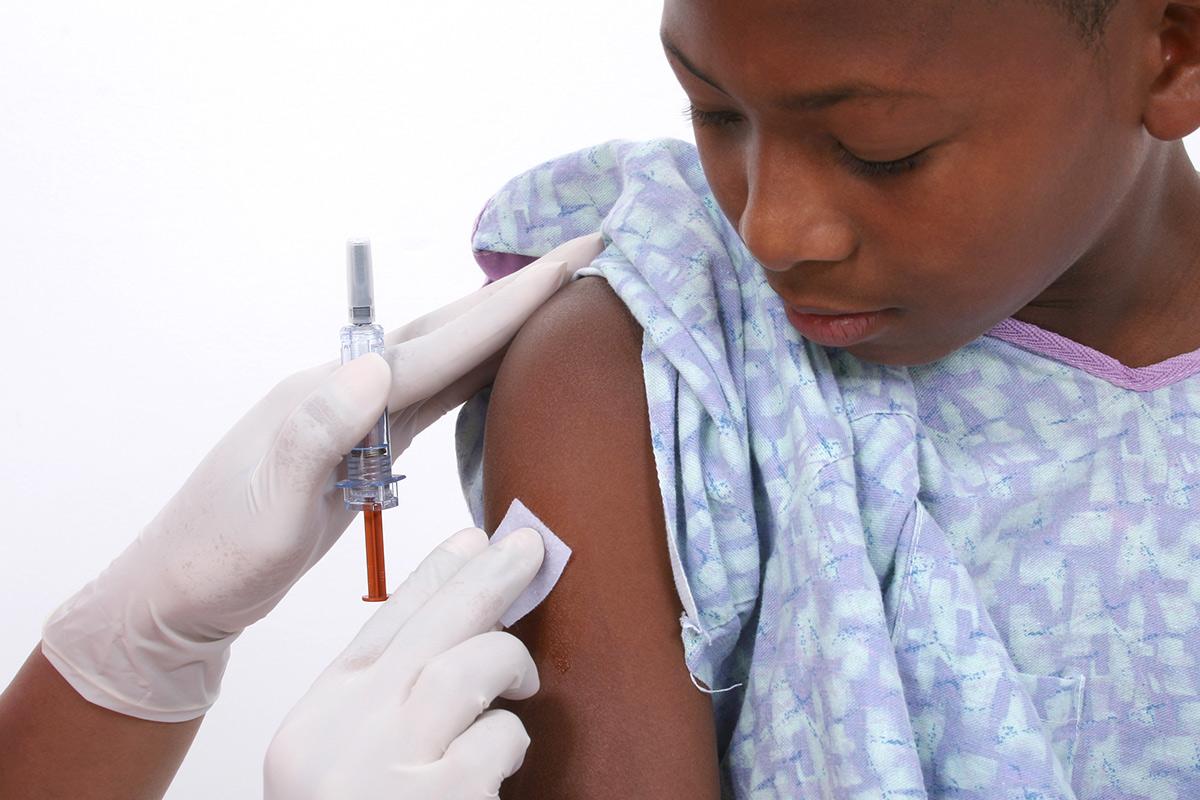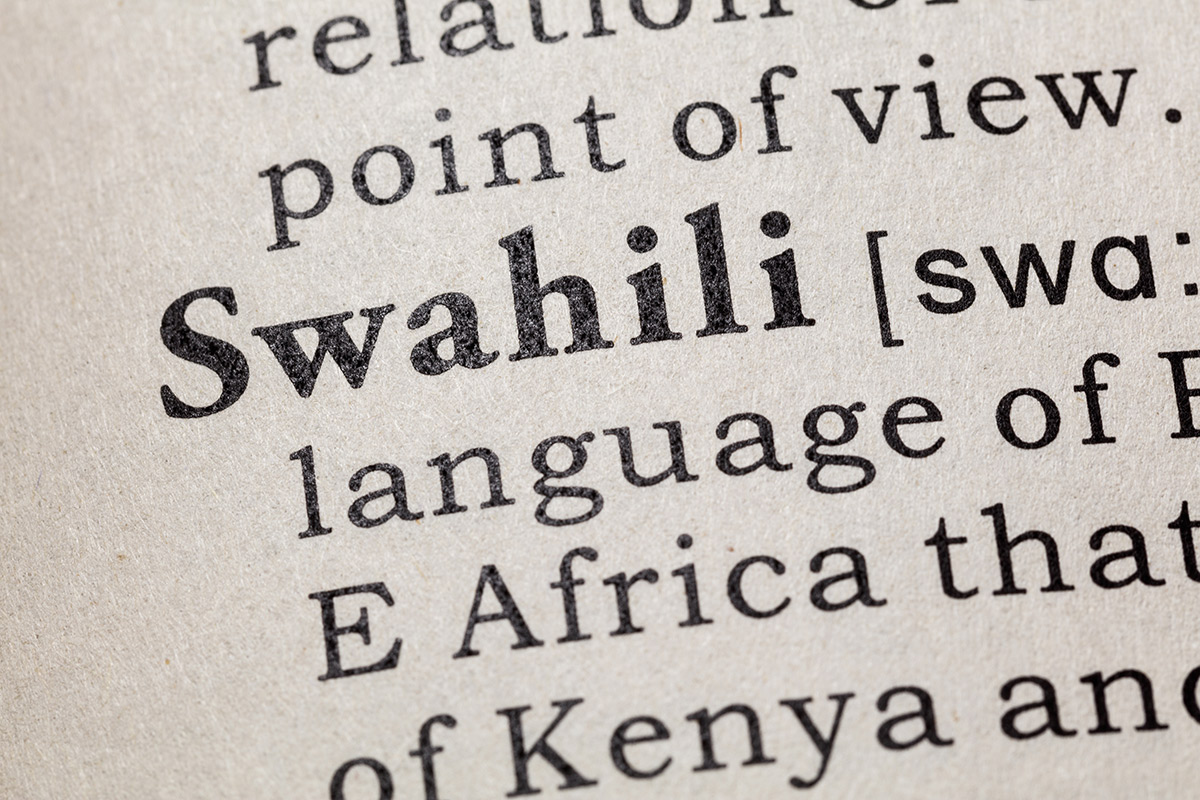As researchers, we often think of back-translation, or translation checking as a burden, but back-translation can actually save lives! The multilingual (Swahili, Kinyarwanda, French, English) team at the University of South Florida (USF) has been working with Refugees from the Congo Wars (RFCWs) in the United States for six years. RFCWs are one of the largest displaced populations resettled internationally in recent years, and while this group is a multilingual and diverse population, Swahili continues to be a lingua franca, or adopted and mixed language, for this community as it was in markets and refugee camps for decades before resettlement.

In January, the team found numerous translation errors in the Swahili language translations of a vital COVID-19 vaccine informational sheet that had been distributed nationally. The document, Ukweli Kuhusu Chanjo za COVID-19, or “The Truth About COVID-19 Vaccines”, was originally produced and distributed by The National Resource Center for Refugees, Immigrants, and Migrants (NRC-RIM) in early January.
“While we appreciate the efforts to bring critical information to the attention of refugee communities and service providers, doing so in the fashion of the Swahili version originally circulated could cause more harm than good,” explained Dr. Dillon Mahoney, Assistant Professor in the Department of Anthropology at USF.
The translation team - Dillon Mahoney, Mathews Wakhungu, and Renice Obure from USF Anthropology and Public Health, and Eugenie Umurutasate from a local non-profit, AR4WRM.org - quickly retranslated and recirculated the materials (dated 1-23-21) with an attached cover letter explaining the issues and the importance of appropriate translation, back-translation, and verification.

“Translated informational sheets for refugees must be in very simple language. While Swahili is a lingua franca for many RFCWs, most Swahili speakers are multilingual and regularly mix languages. Swahili has many dialects, and it is therefore essential to use the simplest and most universal words and sentence constructions,” continued Mahoney.
The team determined that in the original translation, many inappropriate or uncommon words were used, such as the word miguu--the human body parts for feet or legs--rather than the metric mita mbili (2 meters) or futi sita (six feet) for social distancing.
The most serious error found in the original translation was the use of the word risasi, Swahili for lead or lead bullet, instead of the word sindano or chanjo to refer to an injection or “shot.” Indeed, Google Translate (English-Swahili) does not include an English definition for “shot” that refers to the medical shot or injection. One must be careful enough to read the definitions provided by Google, identify that the desired definition is not given, then scroll down to synonyms, where the translator can then choose injection and get the correct word (in the case of Swahili, sindano, an injection, rather than risasi, a lead bullet).
The team also noted that in the original document, the translators neither back-translated nor had the translation reviewed by a native speaker. For example, when one types “The doctor will give me a shot” into Google Translate, the Swahili translation will read: “daktari atanipiga risasi,” which when back-translated from Swahili to English using Google Translate, will give you “the doctor will shoot me.” In this case, NRC-RIM distributed a document meant to educate refugees on a new vaccine, but due to poor translation and a lack of back-translation, found a way to mention lead bullets five times and give the impression to Swahili readers that they will be shot twice with lead bullets by a doctor to get vaccinated.

The spread of conspiracy theories and misinformation is a central issue of concern in refugee communities, and when the Centers for Disease Control and other trusted medical experts circulate dramatically mistranslated information, it only further confuses people and makes it more difficult to reassure and maintain trust. All informational sheets, English or translated, must be written at the simplest reading level possible. Documents are best translated by a team of individuals who speak different dialects of the language in question. It is imperative to ensure that all essential public health materials that are produced and distributed go through a validation process that at least includes back-translation and review by a native speaker before circulation. The distribution of the original NRC-RIM document for Swahili speakers speaks to why translated public health materials should always be reviewed by people with training and experience working with the population in question.
“Despite the challenges of the pandemic, we have found ways to connect and use social media such as Zoom and YouTube to continually communicate, share information, and reassure our Swahili speaking neighbors as we seek to address the COVID-19 pandemic. Our Tampa-based translation team is currently focusing on adapting written materials into an audio-visual format because, in the case of Swahili-speaking refugees, while the neediest often cannot read, they do watch YouTube videos.”
The newly translated Swahili language vaccine informational video is available via a local YouTube channel, Umoja wa Afrika--Tampa (Africa United--Tampa).